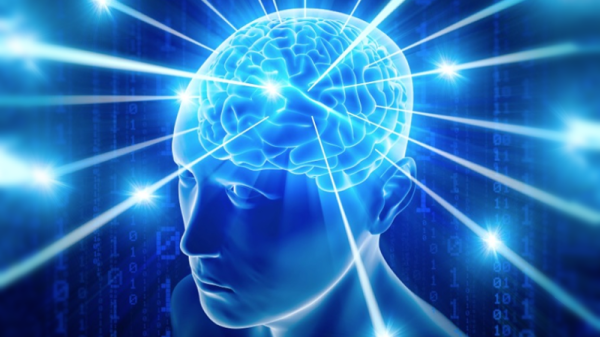It doesn’t take long after getting a cat in your life to learn who’s really in charge. Cats do pretty much what they want to do, when they want to do it, and for exactly as long as it suits them. Any correlation with your wants and needs is strictly coincidental, and subject to change without notice, because cats.
[Alvaro Ferrán Cifuentes] almost learned this the hard way, when his cat developed a habit of exploring the countertops in his kitchen and nearly turned on the cooktop while he was away. To modulate this behavior, [Alvaro] built this AI Nerf turret gun. The business end of the system is just a gun mounted on a pan-tilt base made from 3D-printed parts and a pair of hobby servos. A webcam rides atop the gun and feeds into a PC running software that implements the YOLO3 localization algorithm. The program finds the cat, tracks its centroid, and swivels the gun to match it. If the cat stays in the no-go zone above the countertop for three seconds, he gets a dart in his general direction. [Alvaro] found that the noise of the gun tracking him was enough to send the cat scampering, proving that cats are capable of learning as long as it suits them.
We like this build and appreciate any attempt to bring order to the chaos a cat can bring to a household. It also puts us in mind of [Matthias Wandel]’s recent attempt to keep warm in his shop, although his detection algorithm was much simpler.
Continue reading “Keep Pesky Cats At Bay With A Machine-Learning Turret Gun”

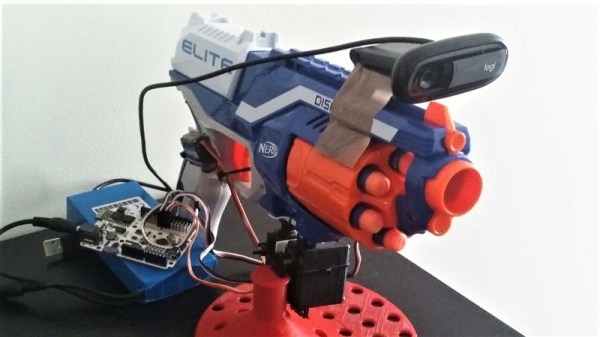
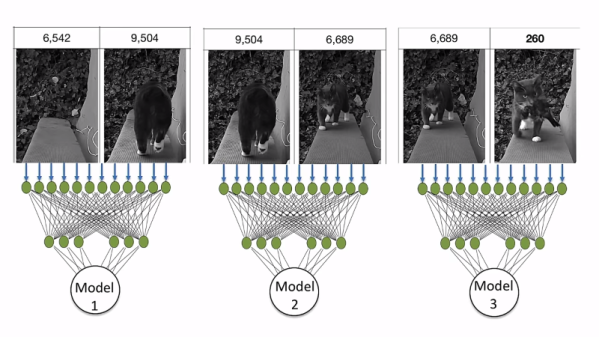
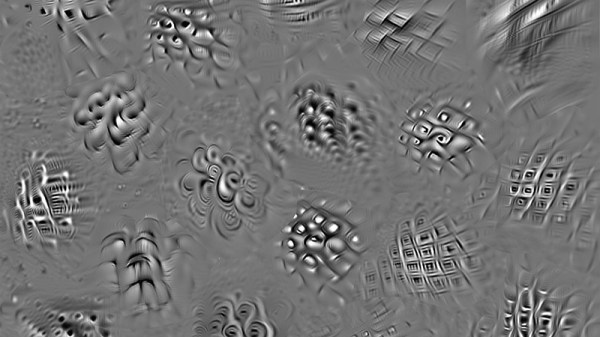
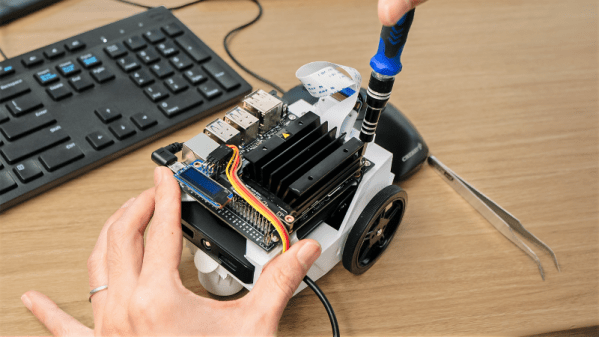

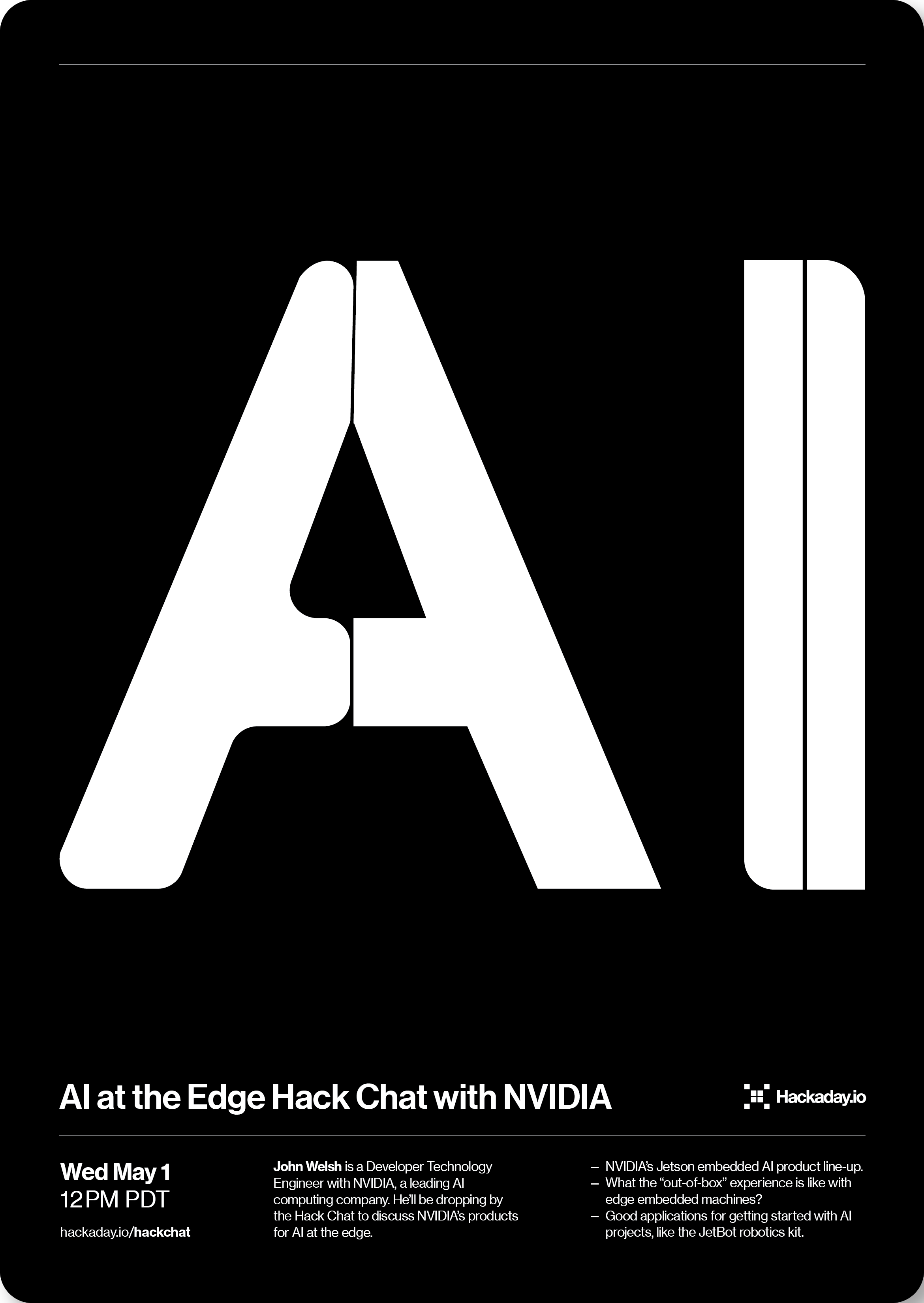


 What would reality have to look like before a robot should be given legal status similar to that of a human? For that, we can look to fiction.
What would reality have to look like before a robot should be given legal status similar to that of a human? For that, we can look to fiction.